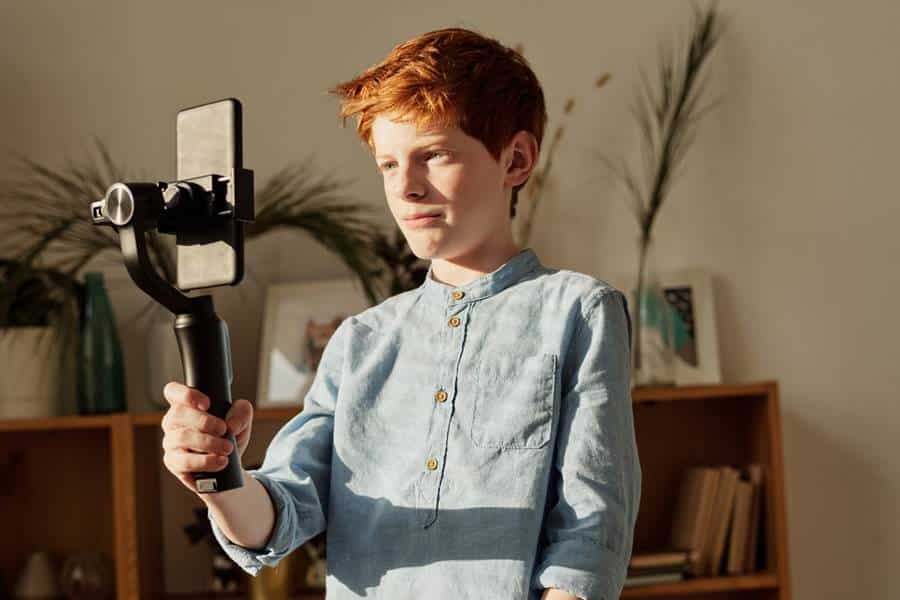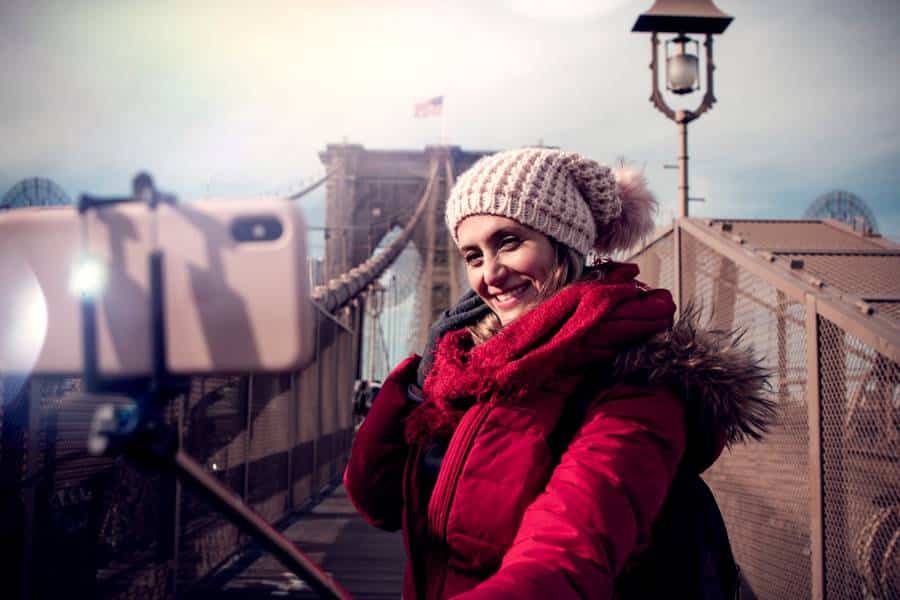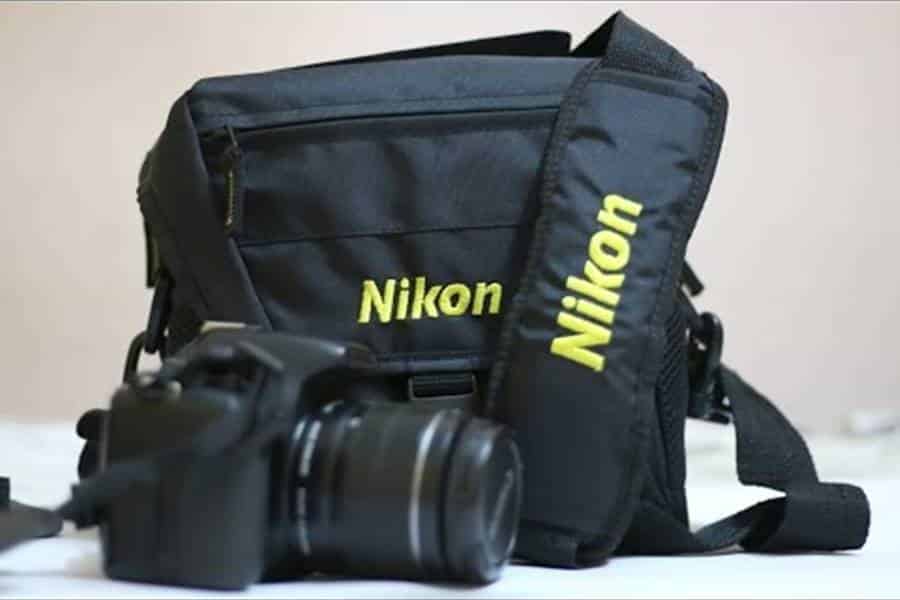Photo hunting is an unusual and exciting activity that combines hunting for animals, taking photography, observing the wild world and a little tourism at the same time. Every day he comes to the regiment of photo hunters. Hunters, who exchange guns for cameras, and photographers who are attracted by the complexity and unusualness of the process, as well as gaining a new “photographic” experience, and simply amateur naturalists who at a certain moment understand that they want not just to contemplate wildlife and its inhabitants, but also to make interesting and vivid pictures as a keepsake.
But how can a person who is just starting to master a new business and still far from all this choose photographic equipment for photo hunting? Photo hunting is a rather complex genre of photography, therefore certain requirements are imposed on photographic equipment. Let’s take a look at them to figure out what you need to know about photography equipment and accessories for the aspiring animal photographer.
Camera
In the current age of digital technologies, film devices are no longer relevant, although there are always rare book lovers smile. Now the best camera choice for a photo hunter is a digital SLR camera or a compact “ultrazoom”. But, weighing all the pros and cons, as a rule, all photo hunters end up with a DSLR. The advantages of DSLR digital cameras are obvious: here and the possibility of using different lenses, and shooting in RAW format, and a larger matrix size, which helps to get higher quality images, and advanced settings, high sensitivity (ISO parameter), a shutter design that allows high-speed shooting etc. In addition, SLR cameras have a video finder, which is not the case for many “soap boxes”, and it is very problematic to observe the subject of shooting on a small display.
Let’s consider the main parameters when choosing a camera.
1. Matrix Size
There are full-frame and partial-frame cameras. Full-frame cameras (in other words, Full Frame are always professional cameras designed for experienced photographers. They are distinguished by a large matrix size, and, therefore, a better and more full-format picture, the ability to shoot at higher ISO values, better color reproduction, advanced settings, etc. Partial-frame cameras (in everyday life – just “crop” or “cropped” cameras) are cameras that have a smaller matrix, and, accordingly, are inferior to full-frame cameras in the above parameters. This includes semi-professional “DSLRs” and cameras for advanced amateurs. Considering the difference in price between the two categories of cameras, aspiring photographers overwhelmingly start their creative paths with part-frame cameras. For less money, you can learn how to use a “DSLR”, feel all the charm and its difference from a “soap dish” and learn how to take excellent photos. And only then, in the future, having gained experience and knowledge, buy a full-frame camera or understand for yourself that a “cropped” camera is completely suitable for your needs.
2. Shutter Speed (frames per second)
This is one of the important factors for photography. Often the photographer only has a few seconds to take a good shot, and every moment is important here. More “rapid-fire” cameras allow you to take a quick burst of several frames, so that later the photographer has the opportunity to choose the most successful shot. The length of the streak is also important. For example, the Canon 70D can shoot a burst at 7 frames per second for 65 frames in JPEG format. A good camera speed is 4 frames per second, although 6-7 frames per second is still preferable for photo hunting.
3. Camera Sensitivity (ISO Value)
Light sensitivity (ISO) is the sensitivity of the camera sensor to the amount of light received. There are different ISO values. In modern cameras, light sensitivity can be adjusted independently, depending on each specific situation. ISO standard values: 100, 200, 400, 800, etc. By increasing the ISO value, we thereby have the ability to shoot with a lack of light (or at short shutter speeds). Since animals move quickly, you have to shoot them at short shutter speeds to compensate for the loss in exposure, you have to increase the sensor’s light sensitivity.
But do not forget that as the ISO value is increased, noise and interference appear in the pictures. The very nature of this process is to blame. Therefore, when choosing a camera, it is not the maximum but the working ISO that is important. For example, in semi-professional crop cameras, these values are in the range of 800-1000; at high values, noise appears in the images. Full-frame cameras can have working ISOs of 3200 and above.
4. Shooting in RAW Format
All modern SLR cameras now support RAW shooting. In simple terms, a RAW image is a “semi-finished”, unprocessed “raw” for further processing. With the help of software (for example, Photoshop or LightRoom), you can post-process and save the finished processed image in the desired format. There is potentially always more information in a RAW file than in the final one (for example, a camera JPEG that has already been processed and compressed inside the camera itself). RAW converters use this data in various ways – you can “lighten” a dark image, or, conversely, remove “excess” exposure, “pull out” invisible elements from the shadow area, change the white balance (WB), correct colors. In any case, shooting in RAW format is a higher level.
5. Other Settings
There are many different settings in modern DSLR cameras. Basically, they are duplicated in many cameras, and only in expensive professional cameras added settings for the pros. Many DSLR cameras allow you to select different shooting modes (shutter speed or aperture priority, creative modes), select an autofocus mode (spot, tracking or combination), change the white balance and set exposure compensation. The Live View mode can also be useful for photo hunters – the ability to observe the object of the photo hunt not through the video finder, but on the display with the ability to digitally zoom the subject and focus more accurately in manual mode. The number of focusing points of the camera is also important – the accuracy of the auto focus depends on it. Most cameras use a 9-point focusing system.
Lens
We have already said above that one of the main advantages of an SLR camera is the ability to change lenses. Since shooting is usually carried out from a considerable distance in a photo hunt, the photographer needs a lens with a long focal length (the so-called telephoto or telephoto lenses). Experts recommend lenses for photography with a minimum focal length of 300 mm. Currently, the leading manufacturers of photographic equipment Canon and Nikon offer a large selection of telephoto lenses, the photographer only has to decide on the price.
Both Canon and Nikon have both budget telephoto lenses and expensive professional glasses. Nikon has: Nikon 70-300mm f/4.5-5.6 G, Nikon 55-300mm f/4.5-5.6 G and more expensive and serious Nikon 80-400mm f/4.5-5 lenses, and Nikon AF-S Nikkor 300mm f/4D. Canon has: from inexpensive: Canon 55-250mm f/4-5.6 IS, Canon 70-300mm f/4-5.6 IS, as well as more expensive professional lenses from the L-series: Canon 300mm f/4L, Canon 400mm f/5.6L and one of the favorite telephoto lenses of animal photographers – Canon 100-400 f/4.5-5.6L IS USM.
The second important factor when choosing a telephoto lens is its construction. There are lenses with a fixed focal length (the so-called “fixes”) and variable focal length (“zooms”). If you look at the statistics, most hunters prefer zooms. Why? The main factor here is the ability to change the focal length. For example, on the same Canon 100-400mm it is very convenient to “catch” a hunting object at 100mm, zoom in to 400mm and make a shot. With telephoto “fix” lenses, they hunt, as a rule, from a shelter, in a previously prepared place (bait, feeder, etc.), where the distance to the subject is known in advance. And although “fixes” give a better picture than “zooms” (because there are more lenses in “zooms”, and, accordingly, the image quality drops slightly), due to the convenience of “glasses” with variable focal length.
The third factor is the lens aperture. The aperture ratio is characterized by the value of the maximum aperture opening, or, in simple words, the aperture ratio is a parameter that shows the ability of the lens to transmit light. Since shooting in a photo hunt is most often carried out in the forest, it is preferable to choose a faster lens. It should be noted here that all high-aperture lenses are quite expensive, besides, when shooting at low aperture values, there are many nuances of their own, which we will talk about later. As a result, taking into account the ratio “price-quality”, the most optimal choice for a beginner photographer is lenses with aperture ratio 4-6.3.
The fourth factor is that the lens has Image Stabilization (IS) for Canon lenses and Vibration Reduction (VR) for Nikon lenses and an ultrasonic motor (USM designation for Canon and SWM for Nikon). The Image Stabilizer allows beginner photographers to shoot more confidently handheld at faster shutter speeds. The ultrasonic motor allows the lens to focus faster and with less noise. Although, sometimes photographers deliberately turn off the stabilizer to save battery power, when shooting with a tripod when there is enough light or during some kind of creative shooting. It is also worth noting here that lenses with image stabilization and an ultrasonic motor are more expensive than their “castrated” counterparts.
Tele-Converter
Often the focal length is not enough in a photo hunt to take a picture, so many photographers use teleconverters. TK is an additional optical system that is installed between the camera body and the lens to increase the focal length. The most common converters are 1.4x and 2.0x for Canon, 1.4x, 1.7x and 2.0x for Nikon. There are also third-party teleconverters – Kenko, Sigma, etc. The use of a teleconverter is usually due to the limited budget of the photographer. For example, a lens with a focal length of 200mm and a 2x converter will cost less than a lens with a focal length of 400mm. But, as they say, you have to pay for everything. When using a converter, it is worth remembering that the lens aperture decreases according to the magnification of the converter. For example, a lens with a focal length of 200mm and aperture of 4 with the use of a 1.4x teleconverter will turn into 280mm f/5.6. In addition, the quality of the images is also reduced because more lenses appear in the path of the light. It should also be remembered that when using TC on older camera models, when the aperture value reaches 8, auto focus stops working. The same “opportunity” is observed at lower aperture values when the photographer uses third-party converters. Here the choice remains with the photographer, when the photographer uses third-party converters.
Other Accessories
When choosing a memory card, remember that extra memory on a photo hunt is never superfluous. In addition, when shooting long series on high-speed shooting, you should take into account the write speed to the flash card. When using cheaper and “slower” flash drives, one must understand that, perhaps, the declared length of the series for this camera will be less, since the series simply will not have time to record on such a memory card. It is also worth remembering that CompactFlash (CF) cards are more reliable and are used in professional and semi-professional cameras. The same can be said for the battery. It is advisable for a photo hunter to have at least two charged batteries with him. Since native batteries are often quite expensive, it makes sense to buy third-party replacement batteries.
Also, for hunting in the future, you will certainly need other accessories and devices: a flash, macro rings and light filters, a remote control and a tripod. But more about all this later.
Conclusion
Well, that seems to be all for a start. We covered the basics of choosing photography equipment for photography and accessories for it. Now that you have decided (and, perhaps, already purchased) a camera and lens for photography, you can move on. The next stage is the study of methods of photography, habitats and animal habits.


